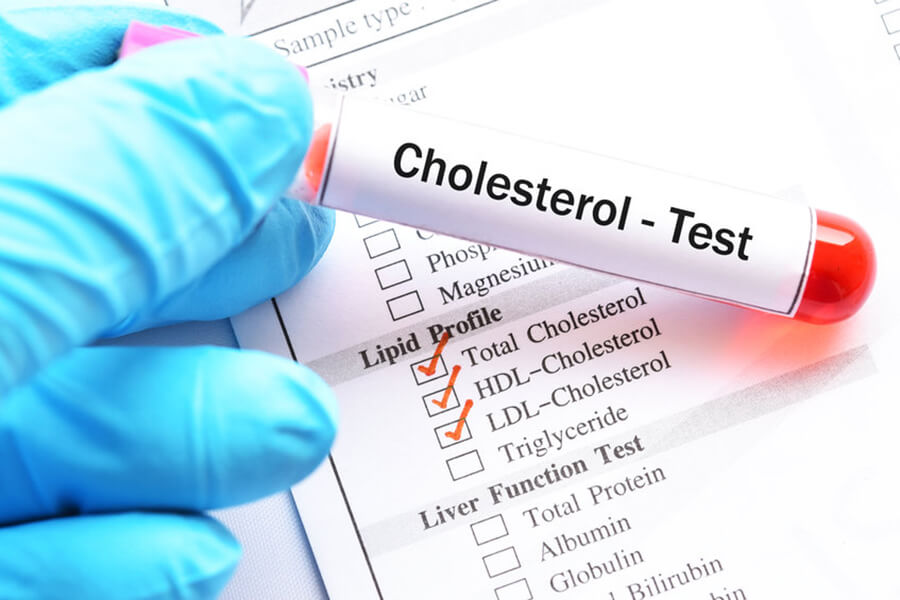Although most healthy people under 45 don’t worry about their cholesterol, new research indicates that current cholesterol levels could predict heart disease later.
Cholesterol now and heart disease later
A new study that followed nearly 400,000 people from 1970 to 2013 found a link between bad cholesterol levels before age 45 and the risk of heart disease and stroke later.
When the study started, none of the participants had cardiovascular disease. By the end of the study, there had been 54,542 incidents of heart disease and stroke. The lower the bad cholesterol levels, the lower the risk of heart disease later.
“This increased risk in younger people could be due to the longer exposure to harmful lipids in the blood,” explains Professor Barbara Thorand from the German Research Center for Environmental Health.
What the data showed
After analyzing the data, the scientists found that, after accounting for age, sex, blood pressure, diabetes, BMI, smoking and non-HDL levels, they could create a model for 35- to 70-year-olds to estimate the chances of a heart-related event by age 75.
The team was also able to determine how much someone can lower their risk if they decrease their bad cholesterol by 50%. For example:
- A man under 45 with bad cholesterol between 3.7 and 4.8 mmol per liter (and at least two other cardiovascular disease risk factors) could reduce his risk from 16% to 4% by halving their bad cholesterol.
- A female under 45 with bad cholesterol between 3.7 and 4.8 mmol per liter (and at least two other cardiovascular disease risk factors) could reduce her risk from 29% to 6%.
- With the same risk factors, a man 60 or older could reduce his risk from 21% to 10% and a woman could reduce her risk from 12% to 6%.
In other words, it’s never too late to try to lower your bad cholesterol!



